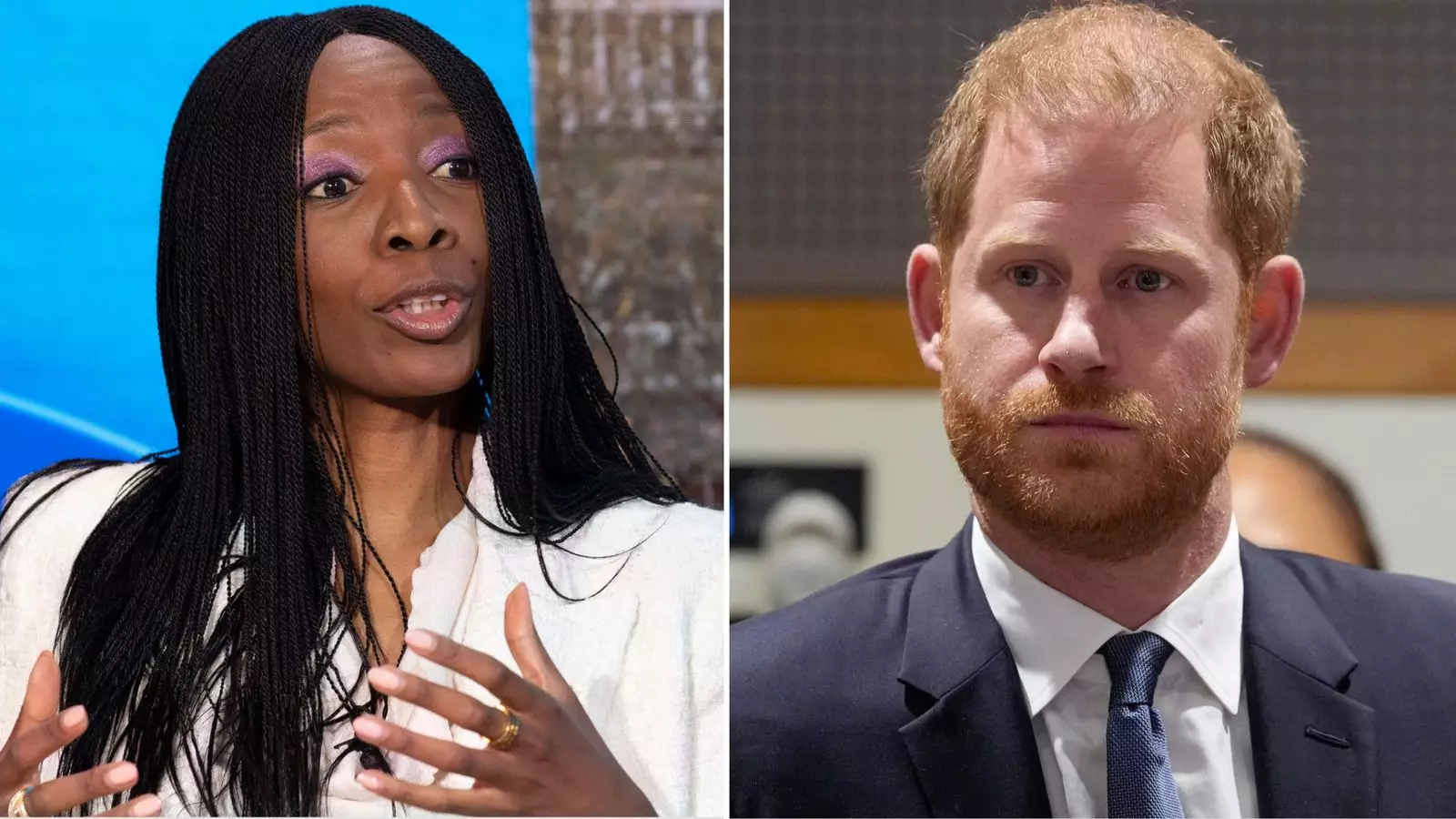The recent upheaval surrounding Prince Harry’s charity, Sentebale, is a stark reminder that even the most well-intentioned organizations are not immune to internal strife. Dr. Sophie Chandauka, the chair of the charity, has publicly accused Prince Harry of “harassment and bullying at scale,” marking a dramatic turning point in the charity’s ongoing narrative. Such claims have raised eyebrows and stirred discussions around the dynamics of leadership within non-profits, particularly when high-profile figures are involved.
Harry’s recent resignation, alongside fellow board members following disagreements with Chandauka, reveals not just individual conflicts but systemic issues within Sentebale. The allegations imply a troubling undercurrent in how leadership is exercised and how disagreements are mediated, painting a picture that is not just about a charity, but about the very ethics of charity governance.
The Media and Perception Manipulation
What stands out most in this drama is the palpable tension between public relations and accountability. The assertion that Harry utilized the “Sussex PR machine” to orchestrate a damaging press release raises questions: Is the allure of media manipulation masking deeper ethical concerns? It’s common knowledge that public figures often leverage media to their advantage, but are we witnessing the weaponization of such tactics at the expense of those within their organizations?
Chandauka’s comments about “behaving as though they are above the law” resonate with broader societal concerns regarding accountability. This episode serves as a mirror reflecting our cultural fascination with celebrity and its potential to overshadow essential governance principles. It highlights a disturbing reality—when high-profile charity leaders use media scornfully to discredit internal dissent, it jeopardizes not only the organization’s mission but also the moral fabric that binds charity work.
The Significance of Governance
Compounding these accusations are the ongoing debates around governance in charitable organizations. Dr. Kelello Lerotholi’s experience, discrediting Chandauka’s claims of bullying, adds another layer of complexity. His observations of respectful, cooperative discourse contradict the hostile environment she describes. What we are left with is a clash of narratives that begs the question: how can organizations ensure transparent communication?
The implications are vast; poor governance could jeopardize Sentebale’s mission, which focuses on aiding vulnerable children in southern Africa affected by HIV and AIDS. If disputes are not resolved respectfully, the charity risks alienating vital supporters. Thus, the leadership’s cultural competence becomes critically important—it’s not just financial resources that sustain a charity; it’s the morale and trust of everyone involved.
Victim Narratives and Power Dynamics
Chandauka’s remarks about power dynamics hold significant weight in today’s discourse on workplace relationships. In a world where workplace bullying is increasingly recognized, her standpoint demands attention. It highlights the gap between perception and reality, especially in an organization tasked with upliftment and care.
Chandauka’s claim that Prince Harry has weaponized victim narratives reflects the very tensions inherent in high-stakes charity work. The complex intersection of personal relationships and professional commitments complicates the ethical landscape; it reveals how power can corrupt even the noblest of intentions. Such power struggles are often steeped in societal biases, and her reference to “misogyny, misogynoir,” suggests a deep-rooted issue that extends beyond Sentebale.
The Cost of Internal Conflicts
Ultimately, the fallout from this scandal may signal a broader trend affecting charitable endeavors and leadership ethics. Mission-driven organizations require an alignment of values and a commitment to collaborative governance; failing to cultivate an environment where robust disagreements can manifest constructively risks disillusioning advocates and benefactors alike.
The financial and emotional costs of disputes within charitable organizations can ripple outward, affecting the very lives they seek to uplift. The revelations surrounding Sentebale remind us that behind every story of charity are the very human complexities and conflicts that must be addressed, lest the mission be lost amid the fracas of public narratives.
As we navigate this unfolding drama, it becomes crucial to scrutinize the practices within charitable organizations, exploring how we can cultivate a culture of accountability, transparency, and respect—essential elements that truly uphold the spirit of charity.


Leave a Reply